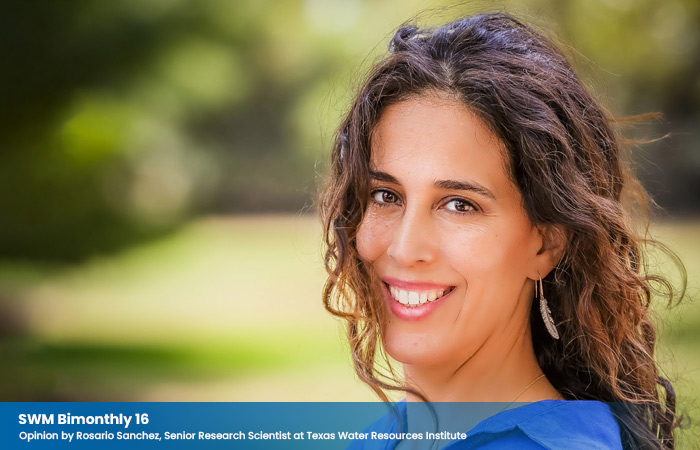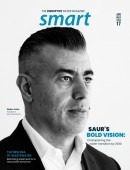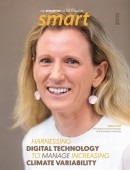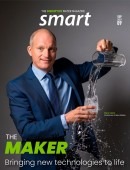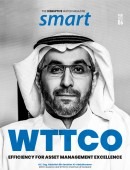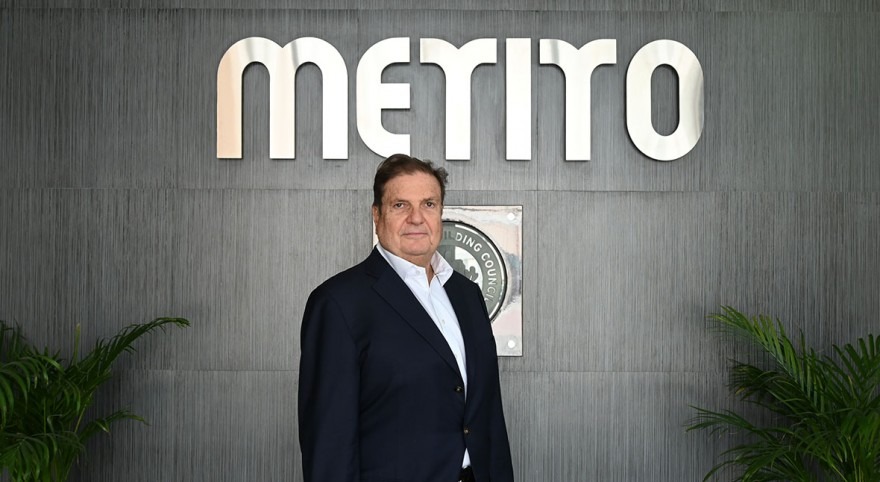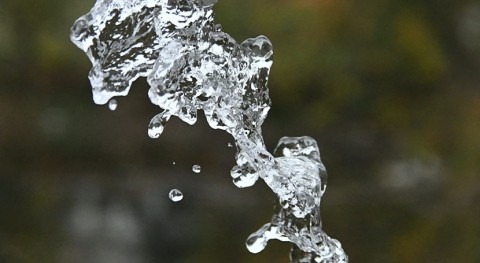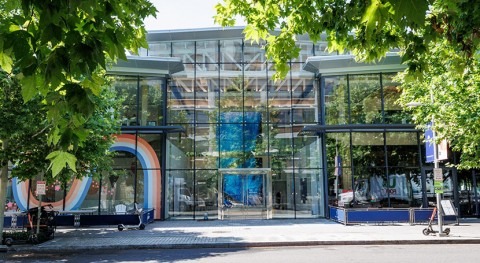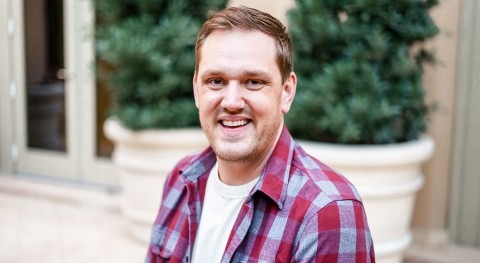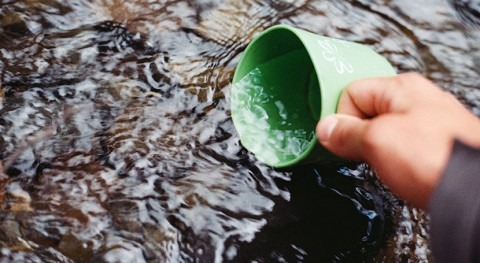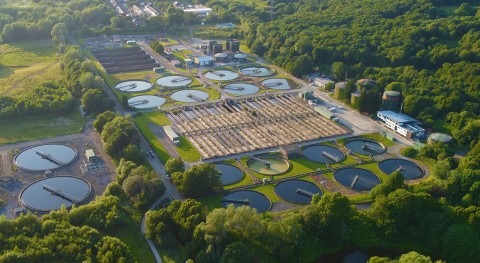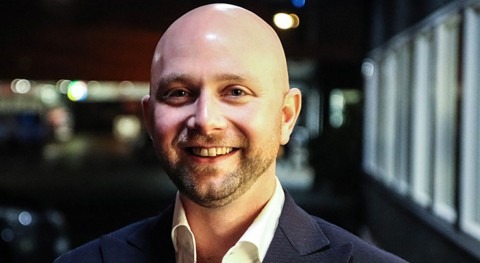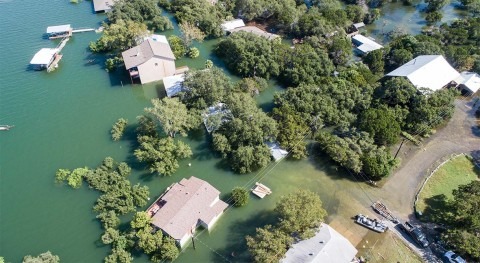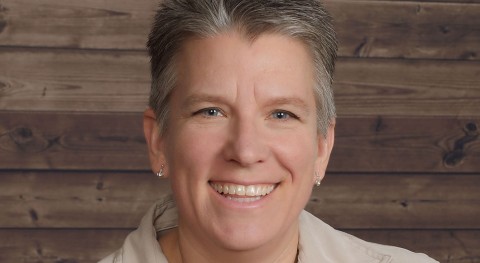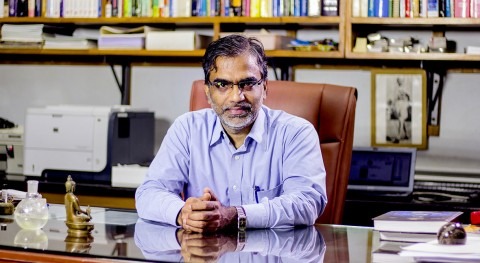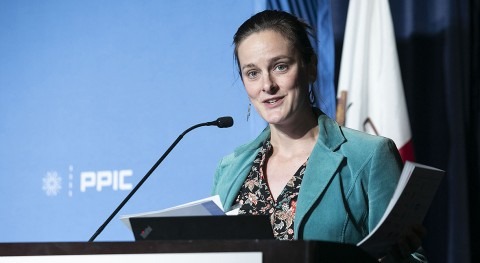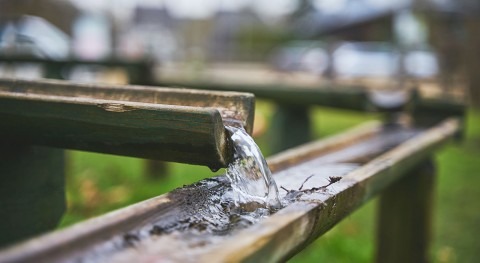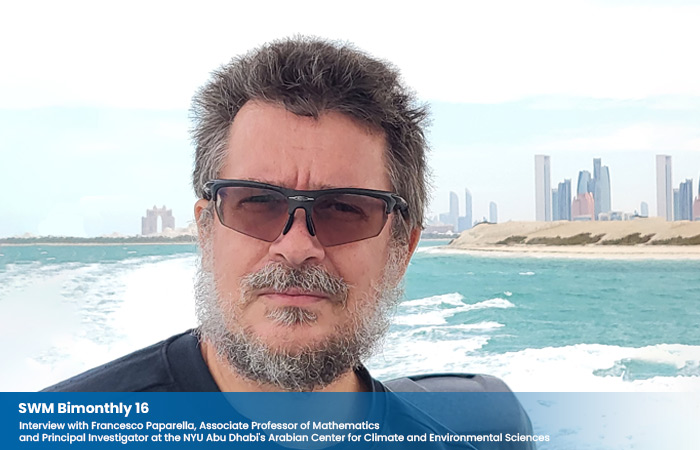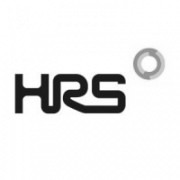Featured content
Content summary
We launch the first issue of Smart Water Magazine Bimonthly of 2023. We start the year focusing on desalination, a strategic water source to address water scarcity challenges. Mr Fady Juez, President of the Board of the International Desalination Association and Managing Director of Metito Overseas, is our cover person; SWM had the opportunity to interview him on his plans as he leads the IDA Board for the next two years. A series of interviews touch on different aspects of this unconventional source of water: research on brine impacts by Prof. Francisco Paparella from NYU Abu Dhabi, and membrane technologies by Prof. Stephen Gray from Victoria University; the prospects of floating desalination, and the successful implementation of energy recovery devices by Danfoss in the Arucas-Moya SWRO plant in the Canary Islands. We also hear about the Doheny Ocean Desalination Project, the first compliant with the California Ocean Plan. In addition, our digital section includes articles on the use of digital twin software to help water treatment plant operators manage the impacts of climate change, by Envirosuite, and on opportunities in the digital transformation of the water sector, and the contribution of Spanish companies, by ICEX. Do not miss all our usual sections and the opinions of a host of contributors; find this a lot more in Smart Water Magazine Bimonthly 16.
Features
Envirosuite’s Plant Optimiser provides real-time advice to manage climate change-induced events and deliver compliant operations.
ICEX explores the opportunities in the digital transformation of the water sector, and the contribution of Spanish companies.
Water utilities are seeking solutions to ensure the quality of services as rising energy costs challenge their operations.
The UN 2023 Water Conference in March will be a unique opportunity to accelerate action for water and advance water-related SDGs.
Interviews
Interview with Fady Juez, President of the Board of the International Desalination Association, 2022-2024
- The board and I will continue the work to engage with the global stakeholder community to bring solutions to meet UN SDG 6
- The IDA plays a significant role in making water desalination and reuse technology available at a lower cost where water is most scarce
- Now more than ever, we need to incorporate innovation into our designs to lessen the gap between the supply and demand of water
- A key indicator that water reuse meets growing water requirements is whether it creates a tangible impact on increasing water demands
- Reuse can be encouraged investing in infrastructure, incentivizing users, and establishing a framework for safe reuse practices
- As we move forward, we should expect innovations in digital technology to improve productivity, efficiency, and construction techniques
Interview with Idaira Sanchez, Manager of the Arucas-Moya seawater desalination plant in Gran Canaria, Canary Islands, Spain
- The Arucas-Moya desalination plant has been in operation since 1995 and has been operated by ACCIONA since its commissioning
- The desalination plant has two osmosis racks that produce 7,500 m³/day, so it has a nominal water production of 15,000 m3/day
- There are 1,262 membrane units and a remineralization system based on the injection of carbon dioxide and calcium hydroxide
- There are seven units of the MPE-70 isobaric ERDs installed in parallel for an osmosis rack, with a nominal production of 7,500 m3/day
- Monitoring the MPE-70 devices provides us with real-time digitised information on the status and operation of each ERD independently
- By controlling the rotor speed, there is no risk of overspinning in the MPE-70, thus avoiding serious damage to the pressure exchanger
Interview with Francesco Paparella, Associate Professor of Mathematics and Principal Investigator at the NYU Abu Dhabi's Arabian Center for Climate and Environmental Sciences
- Concerns were raised that ever-increasing brine releases from desalination plants could lead to an increase in salinity in the entire Gulf
- The levels of desalinated water production projected for the second half of the century will amount to about 10% of the net evaporation
- Even with extreme amounts of desalination, we find increases in salinity smaller than the size of the observed salinity fluctuations due to natural causes
- In the most extreme cases, the salinity increase in the coastal waters may increase by more than 1 PSU (practical salinity units)
- In the case of extreme regional warming, desalination activities would lead to a small, but measurable salinity stress
- In our study we focused on salinity, because any technology that extracts freshwater from seawater must leave some salinity-enriched water behind
Interview with Dr Thalappil Pradeep, Professor at Indian Institute of Technology Madras
- In India, we have been aware of arsenic in water for over 40 years; it is one of the most important cases of mass poisoning in history
- It was a great honour to be recognised as a scientist from a developing country, working to improve the lives of communities like mine
- The International Centre for Clean Water was established to provide an opportunity for anyone to innovate in the area of clean water
- The AMRIT technology removes arsenite, arsenate and iron ions and delivers clean water at an insignificant cost of $0.0003 per litre
- AMRIT can be applied in any region across the world and we are sure that it can address metal contamination anywhere
- Our work on contaminants has taken us to new ways of detecting them at ultra-low levels in the field using advanced materials

Interview with Caitlin Peterson, Associate Director and Research Fellow at the PPIC Water Policy Center
- California’s climate has always been cyclical, and we’re used to seeing dry periods followed by periods of heavy rainfall and flooding
- More investments in water supply reliability are going to be needed, making sure we have an adequate conveyance to take advantage of wet years
- The Public Policy Institute of California’s mission is to be the unbiased source of information that policymakers and stakeholders turn to
- Cities and communities also need to do a good job of finding new sources of supplies and increasing the reliability of those supplies
- When it comes to agriculture, the industry is in a bind because it completely depends on irrigation to be as productive as it is
- The state is making a strong effort to improve water supply quality and reliability, particularly for the most at-risk rural communities

Interview with Rick Shintaku, General Manager at South Coast Water District, California
- The feasibility of the Doheny Project has been studied since the early 2000s, and SCWD is fortunate to have an optimal location for it
- The project will also include significant photovoltaic solar panels onsite and potential offsite renewable energy options
- Subsurface slant wells will be used to intake ocean water, which eliminates the environmental impacts of open ocean intakes
- The Doheny Desalination Plant will employ an energy recovery system significantly reducing the overall system energy demand
- The brine will be blended with existing treated wastewater and discharged to the ocean using an existing wastewater ocean outfall
- The Doheny Project ranks well above all other available supply options for SCWD to meet the water supply and system reliability gaps

Interview with Dr Stephen Gray, Executive Director, Institute for Sustainable Industries and Liveable Cities, Victoria University
- High recovery and resource recovery have become more prominent, and advances in membrane technologies are enabling those objectives
- Ceramic MF/UF membranes are reaching economic viability and offer greater abrasion resistance and tolerance to more aggressive cleaning
- Small and uniform pore size UF and NF membranes are available on the market, and enable reliable removal of viruses as well as bacteria
- We have undertaken research on increased abrasion resistant polymer UF membranes that led to significantly improved abrasion resistance
- There is a trend for more sensors to be installed, with wirelessly connected salinity sensors now available for individual RO elements
- Membranes that better mitigate silica fouling can enable higher water recoveries and alleviate the need for dangerous cleaning chemicals
Interview with Michael Larsen, Chairman of the Board at EnviroNor
- Floating desalination solutions are superior than land-based plants: more competitive in CAPEX, and more cost-efficient operationally
- With floating desalination, the delivery period is much shorter, there is no land space requirement, and there are energy savings
- A variety of energy sources can be used for a FDV; the main would be for example VLSFO, MGO, LNG and energy provided from land
- The source of energy is up to the client, depending on what they are willing to pay per m3 of water, and their sustainability profile
- After it has gone through the RO process, water is pumped to shore via a submergible pipeline connected to an injection point on land
- The pace of development in RO technology is growing faster for modules used on ships compared to the large systems used on land
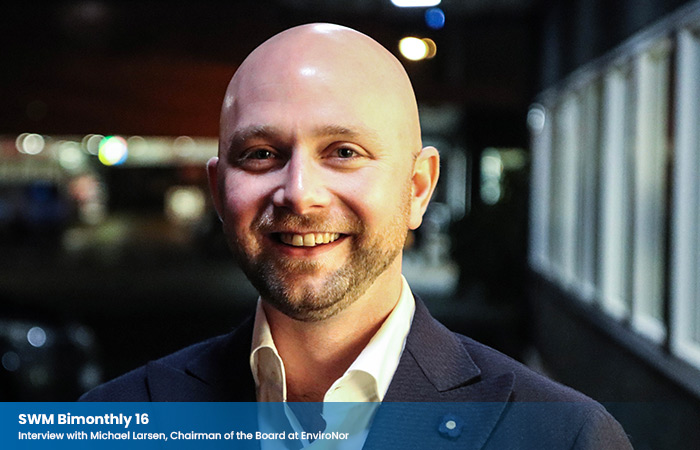
Interview with David Lynch, CEO and Co-Founder, and Nick Zarzycki, Content Manager, at Klir
- The question isn’t whether they’re going to digitise but how, and one barrier or obstacle we’re seeing right now is uneven digitization
- We have to do more with less and faster, so effective integrated data management is critical for delivering safe & secure water services
- Compliance is the ideal starting point for utilities that want to get serious about digitising and managing their data properly
- Those utilities that buy dozens of different apps for all their regulatory programmes will be left having wasted a lot of money
- Finding a software provider who cares about and understands the unique challenges in water should be the number one priority
- A breach in public trust can cost you severely, not just when it comes to rate increases but in terms of public health & liability too
.jpg)
Opinion articles
Andy Hammond, MD, FLEXIM Instruments UK Ltd
Eric Bindler, Senior Research Director, Bluefield Research
Greg Newbloom, CEO & Founder of Membrion
Guillaume Baggio, Water and sustainable development consultant
Tina Arrowood, PhD; DuPont Water Solutions Global Technology Manager for Growth and Sustainability
Peter Blezard, Founder of Engage Crop Solutions
Sheilla De Carvalho, Managing Director at H2i
Josh Mahan, Director of Government and Industry Relations, Xylem
Rickesh Miyangar, Director, Ramboll
Rosario Sanchez, Senior Research Scientist at Texas Water Resources Institute
